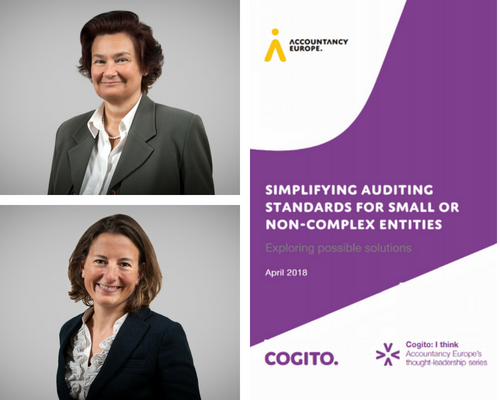
- #Review of generally accepted auditing standards verification
- #Review of generally accepted auditing standards professional
- #Review of generally accepted auditing standards free
They review for material issues and obvious deviations from GAAP. Here is how the accounting professionals at Jitasa describe the distinction between a financial review and an audit: " The CPA doesn't perform in-depth 'testing' as they do in an audit.
#Review of generally accepted auditing standards verification
The key difference between an audit and a review is that conducting an audit requires the auditor to obtain independent confirmation or verification of the financial information examined.
#Review of generally accepted auditing standards professional
The report after a review is not considered to provide a professional opinion about the nonprofit’s financial statements as a whole. The auditor’s report after a review will note whether the auditor is aware of any “material modifications” that should be made to the financial statements.
#Review of generally accepted auditing standards free
Instead the review provides a limited level of assurance that the financial statements are free of misrepresentations. A review shares the goals of an audit, however, a review is not conducted with the same level of investigation or analysis as an independent audit.ĭuring a review, the auditor examines the financial statements but does not conduct an examination of the nonprofit’s internal controls (which is normally included in the scope of an independent audit). SSAE No.The objective of a financial "review" conducted by an independent auditor is to examine the nonprofit's financial statements and determine whether the financial statements are consistent with generally accepted accounting principles. 141 delays the effective date to December 15, 2021, and the Auditing Standards Board recommends that SAS Nos. 134, Auditor Reporting and Amendments, Including Amendments Addressing Disclosures in the Audit of Financial Statements (SAS No. 135, Omnibus Statement on Auditing Standards – 2019 (SAS No. 136, Forming an Opinion and Reporting on Financial Statements of Employee Benefit Plans Subject to ERISA (SAS No. 137, The Auditor’s Responsibilities Relating to Other Information Included in Annual Reports (SAS No. 138, Amendments to the Description of the Concept of Materiality (SAS No. 139, Amendments to AU-C Sections 800, 805, and 810 to Incorporate Auditor Reporting Changes From SAS No. 140, Amendments to AU-C Sections 725, 730, 930, 935, and 940 to Incorporate Auditor Reporting Changes From SAS Nos. 141, Amendment to the Effective Dates of SAS Nos.

143, Auditing Accounting Estimates and Related Disclosures


144, Amendments to AU-C Sections 501, 540, and 620 Related to the Use of Specialists and the Use of Pricing Information Obtained From External Information Sources 145, Understanding the Entity and Its Environment and Assessing the Risks of Material Misstatement


 0 kommentar(er)
0 kommentar(er)
